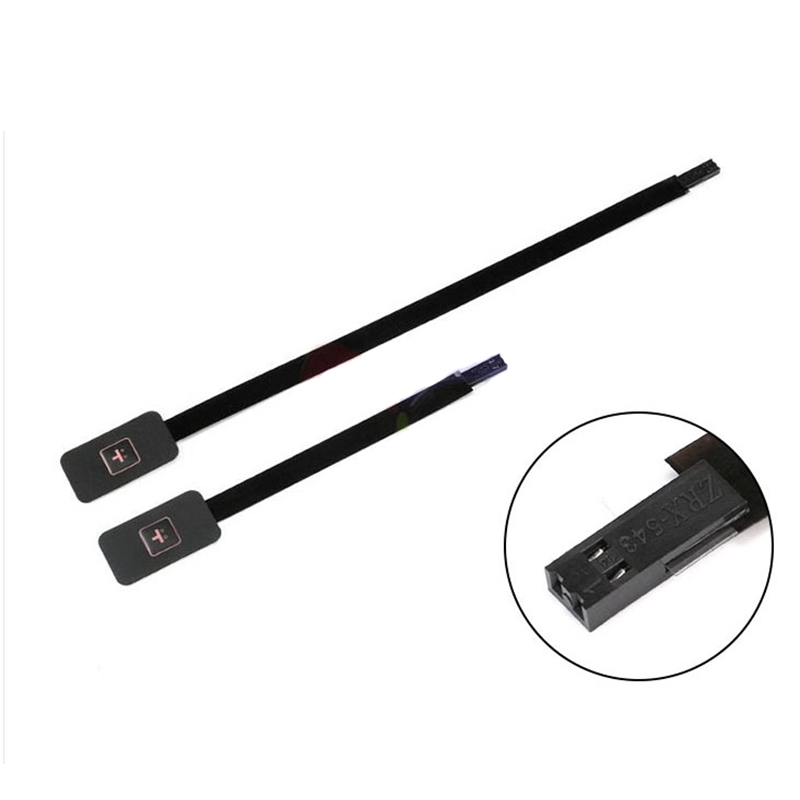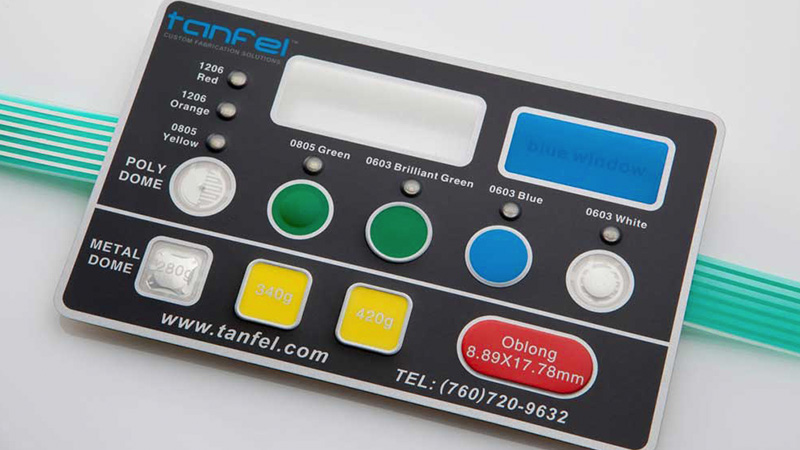The Importance of Membrane Switches in Creating User-Friendly Interfaces
Membrane Switch Technology: The Key to Trustworthy and Cost-efficient User Interfaces
Membrane button innovation has arised as a critical component in the layout of individual interfaces, providing both integrity and cost-effectiveness throughout a diverse range of applications. As we explore the complex advantages of membrane buttons, their potential for technology elevates concerns concerning future applications and progressing trends.
Understanding Membrane Switch Over Modern Technology
Membrane layer switch technology is a widely utilized user interface remedy in different digital tools, providing a seamless mix of performance and design. This modern technology includes several layers of products, typically being composed of a visuals overlay, spacer layer, and a circuit layer. The visuals overlay shows the interface aspects, while the spacer layer separates the circuit layer from the overlay till a user turns on a switch.
When pressure is put on the overlay, the circuit layer completes the electric circuit, sending a signal to the device. This device enables for numerous configurations, including responsive responses and backlighting choices, boosting user interaction. Membrane switches are generally produced making use of sturdy materials such as polyester or polycarbonate, making sure long life and resistance to ecological factors like moisture and dust.
The adaptability of membrane layer switches over allows their application in varied markets, consisting of clinical tools, customer electronic devices, and commercial controls. Their portable layout permits for assimilation right into space-constrained settings, providing an efficient interface without compromising aesthetic appeal. Understanding the complexities of membrane switch technology is vital for makers and developers seeking to produce trusted and effective human-machine user interfaces.
Key Benefits of Membrane Buttons
While numerous user interface remedies exist, membrane layer changes offer unique advantages that make them a preferred choice in various applications. One of the key advantages is their longevity; membrane layer switches are developed to withstand rough ecological conditions, including dampness, dust, and temperature fluctuations, making certain durable performance. This resilience significantly lowers the requirement for regular replacements, therefore reducing overall upkeep expenses.

Moreover, membrane layer switches are lightweight and portable, making them ideal for applications where space is limited. Their inconspicuous design contributes to a streamlined appearance without jeopardizing performance.
Cost-effectiveness is additionally a remarkable advantage, as the manufacturing process for membrane switches has a tendency to be cheaper compared to standard mechanical buttons. This cost, integrated with their integrity and convenience of installment, placements membrane layer changes as a functional remedy for a vast range of industries seeking effective and efficient individual interfaces.
Applications Throughout Numerous Industries
Just how do membrane switches adapt to the varied requirements of numerous markets? Membrane button modern technology is increasingly acknowledged for its convenience, making it suitable for a variety of applications across numerous sectors. In the medical field, membrane switches are used in diagnostic devices and individual tracking gadgets, where their sturdiness and simplicity of cleaning are vital for look at this website preserving hygiene requirements. The automobile industry uses these buttons in dashboards and control panels, using a structured aesthetic while ensuring straightforward procedure.
In customer electronics, membrane layer switches supply a compact option for remote controls and home devices, enhancing individual experience through user-friendly design. Furthermore, the commercial industry leverages membrane layer switches for equipment control board, benefiting from their resistance to harsh settings, such as moisture and dirt.
Military and aerospace applications likewise use membrane switches for their reliability and ability to find this stand up to severe conditions, making sure functional efficiency in essential circumstances. In addition, the food and beverage industry takes on these buttons for automated systems, where sanitation and simplicity of procedure are critical. Inevitably, membrane buttons are customized to meet the distinct needs of each sector, proving their essential function in modern-day technology interfaces
Style and Personalization Alternatives

In the world of membrane switch technology, design and personalization choices play a crucial duty in boosting functionality and individual interaction. These switches can be customized to fulfill details functional needs and visual preferences, making them versatile components in various applications.
Among the key customization choices is the format of the button itself, which can be designed to accommodate distinct individual interfaces and ergonomic considerations. By adjusting the form, dimension, and setup of switches, manufacturers can create intuitive layouts that promote convenience of use. Furthermore, the consolidation of various colors and visuals overlays permits branding and boosted visibility, ensuring that customers can swiftly identify features.
Additionally, membrane buttons can be engineered with numerous tactile responses mechanisms, such as elevated buttons or distinct clicks, to enhance the customer experience. Different products can likewise be picked for toughness and environmental resistance, resolving elements such as wetness, temperature variations, and chemical exposure.
Eventually, the extensive style and customization choices available in membrane button modern technology empower services to create tailored options that not only satisfy useful requirements yet also line up with their branding and functional demands.

Future Patterns in Membrane Layer Buttons
As membrane layer switch innovation remains to evolve, future trends are progressively concentrated on enhancing individual experience and incorporating innovative functionalities. One considerable pattern is the assimilation of touch-sensitive and capacitive technologies right into traditional membrane buttons. This growth permits more user-friendly individual interfaces, giving tactile feedback while preserving a smooth style.
One more arising fad is the usage of environmentally friendly materials, driven by the growing demand for sustainable production techniques. Manufacturers are seeking to decrease their carbon footprint by using recyclable substratums and low-impact inks, aligning with worldwide sustainability objectives.
Furthermore, the increase of the Web of Things (IoT) is triggering the unification of clever features into membrane layer buttons. Boosted connection choices will allow devices to communicate with each various other, enabling seamless combination into broader systems.
Additionally, innovations in printing modern technologies, such as electronic printing, are enabling greater layout versatility and personalization. This allows suppliers to produce complex designs and vibrant shades cost-effectively.

Final Thought
To find more info conclude, membrane switch technology stands for a crucial development in interface style, offering considerable advantages in longevity, personalization, and cost-effectiveness. Its prevalent applicability across varied industries emphasizes its significance in modern-day technology. As developments remain to emerge, specifically in touch-sensitive interfaces and sustainable products, the potential for membrane layer switches to improve customer experience and functionality stays promising. Proceeded expedition of this innovation will likely generate even more renovations and broaden its range in future applications.